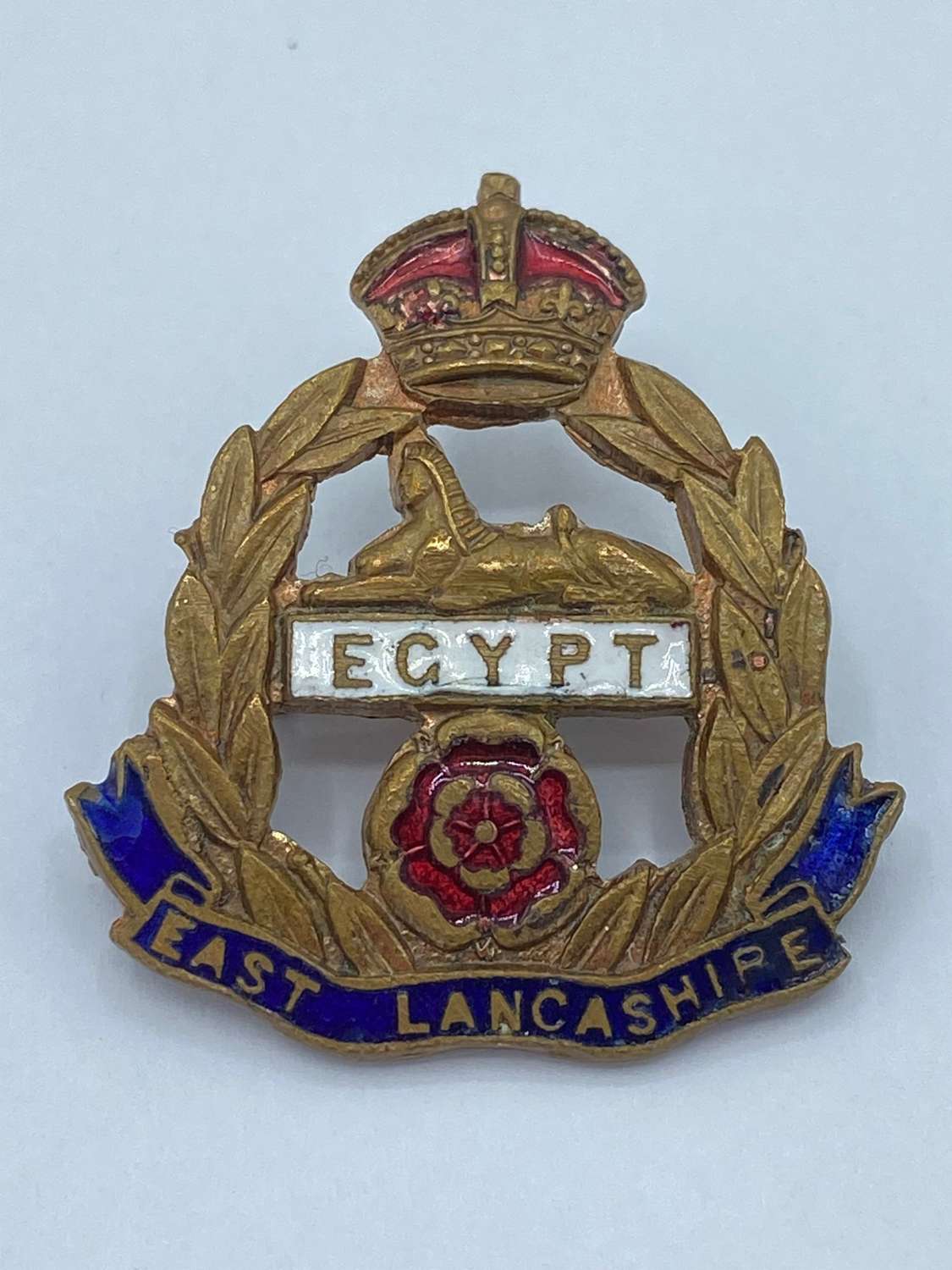
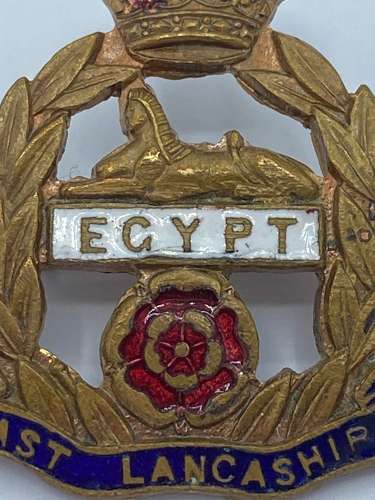
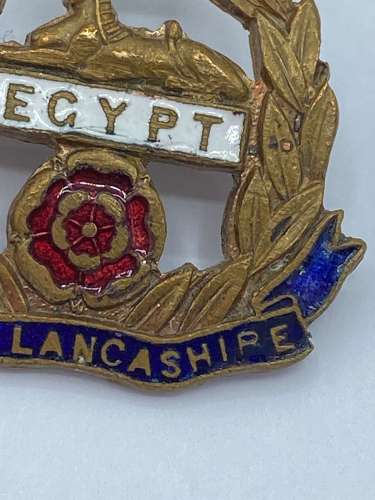
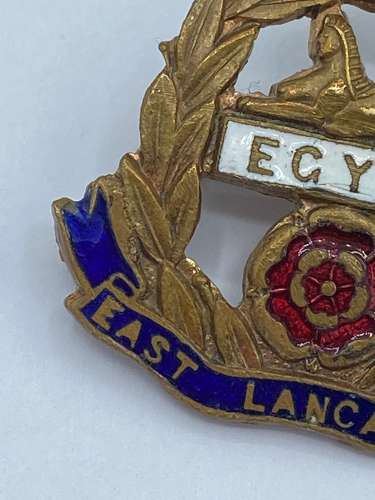

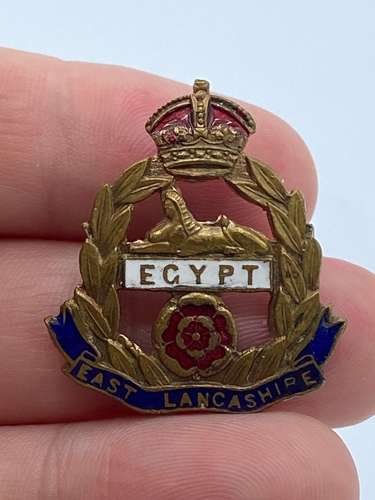

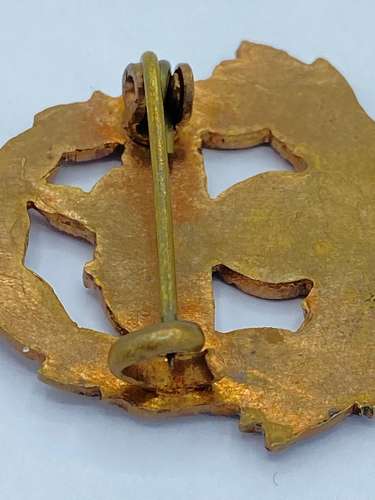
WW1 British East Lancashire Regimental Sweetheart Enamel Badge
Code: 14661
£25.00 Approx $31.25, €29.21, £25
(1 in stock)
(1 in stock)
Qty
For sale is a WW1 British East Lancashire Regimental Sweetheart Enamel Badge.
These little brooches are miniature replicas of the badges of military regiments, naval units, the Royal Flying Corps and the RAF, generally known as sweetheart brooches because they were often given as romantic keepsakes by members of the armed forces to their wives and girlfriends before they left for the front. One Londoner recalled that they ‘were received as gifts, love tokens or symbols to display that one of your loved ones was “doing their bit”‘ and remembered that ‘almost every female seemed to wear one’. Widely sold in retail and jewellery stores throughout the country and in small shops set up in military camps where last-minute gifts could be purchased before embarkation, families visibly articulated their support for their men as they left for potentially lengthy periods of separation in wartime by wearing brooches that matched the soldiers’ insignia.
This regiment was formed in 1881 by amalgamating the 30th (Cambridgeshire) Regiment and the 59th (2nd Nottinghamshire) Regiment. These became the new unit's 1st and 2nd Battalions respectively.
1st Battalion was in India when the regiment was formed, remaining there for the next 16 years and joining the Chitral Expedition in 1895. 2nd Battalion spent those 16 years in England, Ireland and Gibraltar before replacing 1st Battalion in India in 1897.
1st Battalion fought in the Boer War (1899-1902) from 1900 to 1902, before moving to Ireland and then back to Britain. 2nd Battalion moved from India to South Africa in 1911.
1st Battalion was already in Britain on the outbreak of the First World War (1914-18). It deployed straight to France in August 1914, where three months later it was joined by 2nd Battalion. The regiment also raised 15 territorial and service battalions during the conflict, including the 11th (Service) Battalion, raised in September 1914, and better known as the 'Accrington Pals'.
Two of the regiment’s territorial battalions deployed to Gallipoli, where Second Lieutenant Alfred Smith of 1/5th Battalion was awarded the Victoria Cross (VC). The regiment’s other three VCs during the conflict were all won on the Western Front, where both regular battalions remained until the war’s end.
During the conflict, the regiment sustained 7,000 casualties.
This will be dispatched via Royal special delivery and dispatched within two working days.
